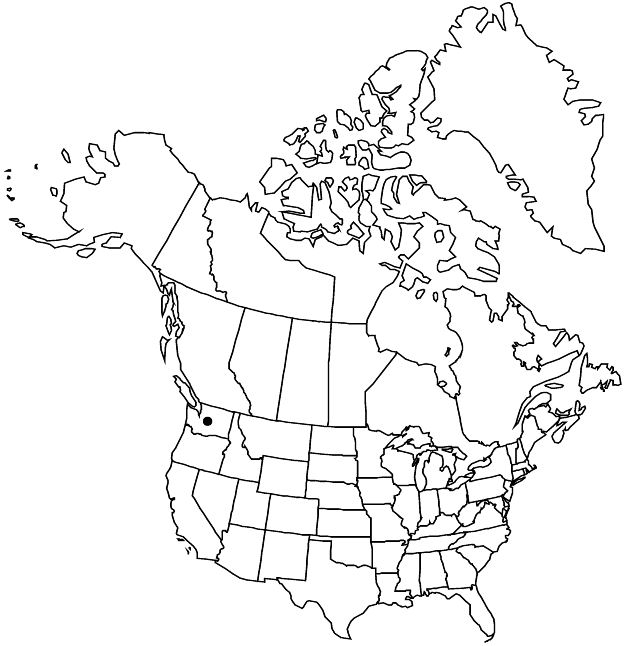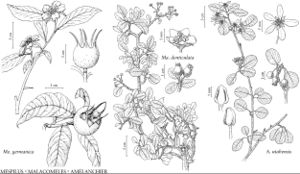Difference between revisions of "Mespilus germanica"
Sp. Pl. 1: 478. 1753.
imported>Volume Importer |
imported>Volume Importer |
||
| Line 56: | Line 56: | ||
|publication year=1753 | |publication year=1753 | ||
|special status=Illustrated;Introduced | |special status=Illustrated;Introduced | ||
| − | |source xml=https:// | + | |source xml=https://bitbucket.org/aafc-mbb/fna-data-curation/src/2e0870ddd59836b60bcf96646a41e87ea5a5943a/coarse_grained_fna_xml/V9/V9_1110.xml |
|subfamily=Rosaceae subfam. Amygdaloideae | |subfamily=Rosaceae subfam. Amygdaloideae | ||
|tribe=Rosaceae tribe Gillenieae | |tribe=Rosaceae tribe Gillenieae | ||
Latest revision as of 22:54, 5 November 2020
Stems not fascicled; twigs sometimes thorny, thorns 1–2 cm. Leaves closely spaced on twigs; petiole 1–4 mm; blade: lateral veins 8–12 per side. Inflorescences 1(or 2)-flowered; bracteoles 5–15 mm, adaxially hairy, marginal glands absent. Flowers: anthers red (cream). 2n = 34.
Phenology: Flowering May.
Habitat: Scrubby habitats
Elevation: 700 m
Distribution

Introduced; Wash., w Eurasia.
Discussion
Mespilus germanica is native to western Eurasia, primarily to the east and south of the Black Sea. The species was previously widely cultivated as a minor fruit in the Old World; it is hardly known in North America outside arboreta. The brownish fruits are related to a relatively unusual mechanism of fruit dispersal by carnivorous animals (C. M. Herrera 1989) found also in other Maleae species. The only wild plants known from the flora area are in Washington; there are other suitable areas in North America where this species might become naturalized.
Selected References
None.
